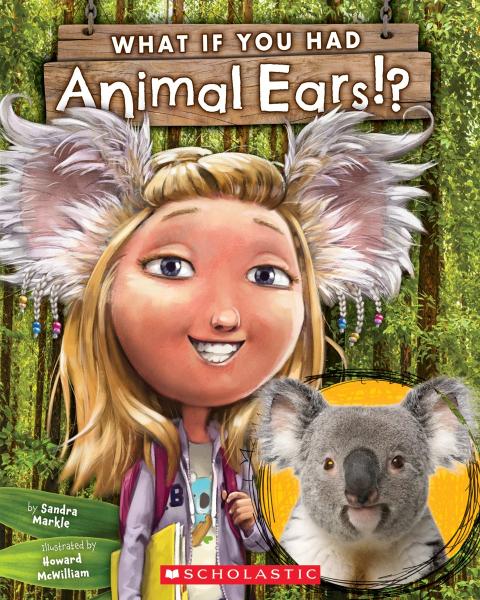How often do you read a book because it’s recommended by someone you know and trust? Students are no different. That’s why book talks are a great way to get students excited about books and reading. These 2- to 4- minute oral advertisements can make students aware of the wide range of books available in your classroom or library collection.
Chances are you’ve done book talks to share your passion for fiction books, but have you tried this technique with nonfiction titles? If not, now is a great time to start. You can begin by sharing at least one book from each category in the 5 Kinds of Nonfiction classification system (active, browsable, traditional, expository literature, and narrative) over a five-week period.
So that your enthusiasm is authentic, choose active nonfiction books related to one of your hobbies or a skill you’d really like to learn. Select browsable books, traditional books, and expository literature about topics your genuinely curious about, and find narrative nonfiction titles about people you truly admire. Don’t be afraid to choose books that are below grade level, especially if you think your striving readers will enjoy them.
In the school library, a great time to do book talks is when a book order arrives. It helps get students excited about the new titles. In the classroom, book talks work well during snack, right after recess, or when you have a few extra minutes before art or P.E.
When you booktalk nonfiction, start with a “hook” that will capture your students’ interest. Then weave in the critical components: title, author, illustrator, writing style (expository or narrative), format, voice, and some information about the art. You may also want to include the book’s intended audience and text structure.
Be sure to share a few fascinating facts or irresistible details. You may want to read a short excerpt or show a visual that will engage young readers. When you’re done, display the book in an accessible area of the room so students can take a look at it later. If you give a book your blessing, chances are students will want to read it.
Sample book talks
Here’s a sample book talk for What If You Had Animal Ears? by Sandra Markle

Imagine you woke up one morning and had jackrabbit ears! What would you look like? Would the world sound different?
In the expository nonfiction picture book What If You Had Animal Ears, author Sandra Markle and Howard McWilliam introduces us to eleven animals with amazing ears. Did you know a jackrabbit’s ears give off body heat to help it stay cool? And a Tasmanian devil’s ears blush red when its excited or upset? There’s so much interesting information in this book, and it’s chock full of photos as well as illustrations that will make you laugh out loud! At the end of the book, you’ll find out what makes your ears so special.
Here’s a sample book talk for my book Mega-Predators of the Past

You might love dinosaurs, but did you know that they’re just the tip of the iceberg when it comes to humongous hunters of the past? Get ready to meet some lesser-known prehistoric predators, including the terror bird, giant ripper lizard, and Titanoboa, a snake as long as a school bus.
Mega-Predators of the Past by Melissa Stewart and Howard Gray is an expository nonfiction picture book with a vibrant browsable design, playful art, and text that’s sure to tickle your funny bone. Best of all, it has a surprise ending. What’s the biggest mega-predator of all time? You’ll just have to read the book to find out.
As the school year progresses, you may want to invite students to develop their own nonfiction book talks about books they love. These Planning a Book Talk Tipsheets can help.
As students listen to book talks given by you or their classmates, encourage them to keep track of titles that sound interesting by creating a “to-be-read” list on the last page of their reader’s notebook. Soon you’ll have a classroom buzzing with their love of nonfiction books.
